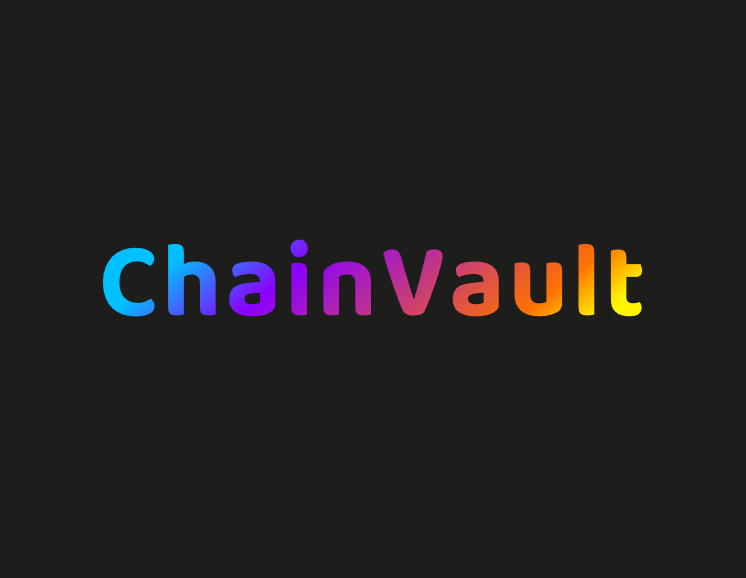Authentication#
API Keys#
All requests to the ChainVault API must be authenticated using API keys. Each client is provided with a unique API key and secret that should be kept secure.Include your API key in the request header:X-API-KEY: your_api_key_here
Request Signing#
For enhanced security, we recommend signing all requests. Each request should include:X-TIMESTAMP: current_unix_timestamp
X-SIGNATURE: hmac_sha256_signature
Example Request Signing#
IP Whitelisting#
For additional security, we recommend configuring IP whitelisting for your API keys. This can be done through the client dashboard.API Key Management#
Key Rotation: We recommend rotating your API keys periodically
Multiple Keys: You can create multiple API keys for different environments or applications
Key Permissions: Each API key can be configured with specific permissions
Security Best Practices#
1.
Never expose your API keys in client-side code
2.
Store API secrets securely and encrypt them at rest
3.
Use IP whitelisting to restrict access to your API keys
4.
Implement request signing for all production requests
5.
Set up alerts for unusual API usage patterns
Modified at 2025-08-20 12:52:49
